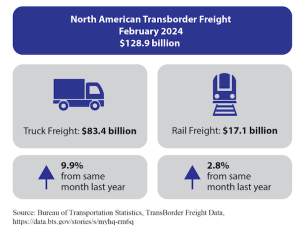The CNG station is the result of a unique partnership between Andersen, Dart Transit Company, U.S. Oil (a division of U.S. Venture, Inc.), Breakthrough'Fuel, and Xcel Energy, and highlights a new type of market collaboration implementing this new technology. The conversion of the first seven trucks to CNG will reduce emissions by 28 percent per year. The total savings that Andersen will gain in moving to CNG will range between $1.25 and $1.75 per gallon, depending on the market price of diesel.
'We believe finding new ways to use alternative energy is one way to help restore economic growth for everyone, and this project shows how the rubber literally meets the road,' said Lance Whitacre, vice president, logistics at Andersen Corporation. 'Leveraging this unique partnership today yields far-reaching benefits for us that improve the triple bottom line ' good for people, profitable for companies and beneficial for the environment.'
Natural gas vehicles show an average reduction in ozone-forming emissions of 80 percent compared to diesel-powered vehicles. Additionally, more than 99 percent of the natural gas used in the United States comes from domestic or other North American sources. Compared to liquefied natural gas and diesel fuel, CNG has the lowest price, lowest emissions and an extensive infrastructure in place. Of the 1,000 CNG stations in North America, though, less than half of those are truck-friendly.
The project uses Dart Transit's Eco Tractor' powered by U.S. Oil's GAIN' CNG supply program to provide the fuel, and Breakthrough'Fuel's fuel management process to both track the program's results and pinpoint opportunities to make the program even more efficient. Grants from the Wisconsin State Energy Office were also awarded to support this project.
Each truck will be able to achieve about 60 diesel gallon equivalents at 5.7 mpg, yielding a potential range of 342 miles per truck between fueling. The company plans to add more trucks to the program to support their efforts to pursue local, cleaner energy options and reduce total emissions.







